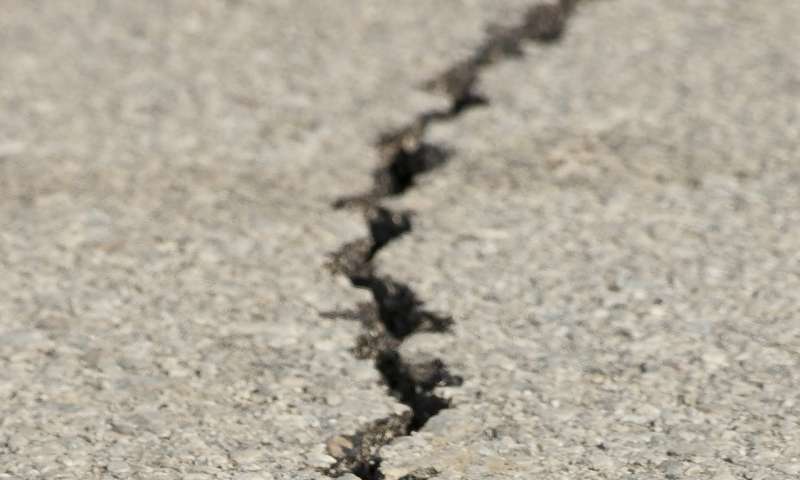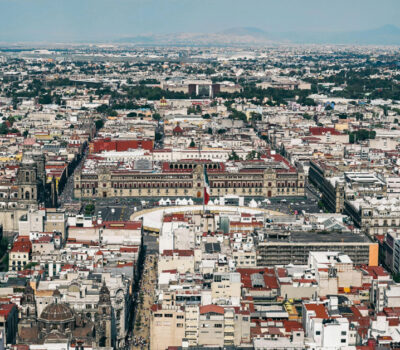Last September’s magnitude 8.2 Tehuantepec earthquake happened deep, rupturing both mantle and crust, on the landward side of major subduction zone in the Pacific Ocean off Mexico’s far south coast.
Initially, it was believed the earthquake was related to a seismic gap, occurring where the Cocos ocean plate is being overridden by a continental plate, in an area that had not had a quake of such magnitude since 1787. Subduction zone megaquakes generally occur near the top of where plates converge.
The epicenter, however, was 46 kilometers (28 miles) deep in the Cocos plate, well under the overriding plate and where existing earthquake modeling had said it shouldn’t happen, a 13-member research team reported Oct. 1 in the journal Nature Geoscience after an analysis of data from multiple sources.
“We don’t yet have an explanation on how this was possible,” said the study’s lead author Diego Melgar, an earth scientist at the University of Oregon. “We can only say that it contradicts the models that we have so far and indicates that we have to do more work to understand it.”
Earthquakes do occur in such locations, where a descending plate’s own weight creates strong forces that stretch the slab as it dives down toward the mantle, but have been seen only under older and cooler subduction zones. The 1933 Sanriku, Japan, earthquake was one. It generated a 94-foot tsunami that killed 1,522 people and destroyed more than 7,000 homes.
The Mexican quake, ruptured the descending slab and generated a 6-foot tsunami, which likely was limited in size by the angle of the overriding continental plate so close to shore, Melgar said.
“This subducting plate is still very young and warm, geologically speaking,” he said. “It really shouldn’t be breaking.”
Subduction zone ages and their temperatures relate to their distance from mid-ocean ridges, where plates are made in temperatures of 1,400 degrees Celsius (2,552 degrees Fahrenheit), Melgar said. The 25-million-year-old Cocos subduction zone is 600 miles from the mid-ocean ridge where it began. Japan’s subduction zone is much further from the ridge and 130-million-years old.
Temperatures cool as plates move outward. Tension-related earthquakes, the researchers noted, have been restricted to older plates with temperatures that are cooler than 650 degrees Celsius (1,202 degrees Fahrenheit).
Melgar’s team theorizes that seawater infiltration into the fabric of the stressed and diving Cocos plate has possibly accelerated the cooling, making it susceptible to tension earthquakes previously seen only in older and colder locations. It’s also possible, the researchers noted, that the 8.0 magnitude 1933 Oaxaca earthquake, previously thought to be in a traditional subduction zone event, was instead similar to the one that struck last year.
If such water-driven cooling is possible, it could suggest other areas, especially Guatemala southward in Central America, and the U.S. West Coast are susceptible to tension-zone earthquakes, Melgar said.
The Cascadia subduction zone, from northern California to British Columbia, is 15 million years old and warmer than the similar geology along the Mexican-Central America coastlines, but could still be at risk.
Building codes and hazard maps should reflect the potential danger, he added.
“Our knowledge of these places where large earthquakes happen is still imperfect,” Melgar said. “We can still be surprised. We need to think more carefully when we make hazard and warning maps. We still need to do a lot of work to be able to provide people with very accurate information about what they can expect in terms of shaking and in terms of tsunami hazard.”
—-
More information: Diego Melgar et al, Deep embrittlement and complete rupture of the lithosphere during the Mw 8.2 Tehuantepec earthquake, Nature Geoscience (2018). DOI: 10.1038/s41561-018-0229-y
Read more at: https://phys.org/news/2018-10-mexico-tehuantepec-quake.html#jCp
Last September's magnitude 8.2 Tehuantepec earthquake happened deep, rupturing both mantle and crust, on the landward side of major subduction zone in the . . .












